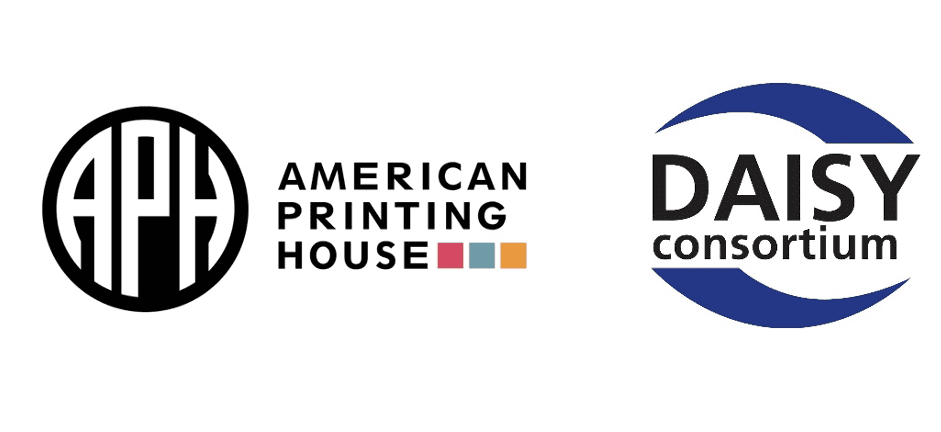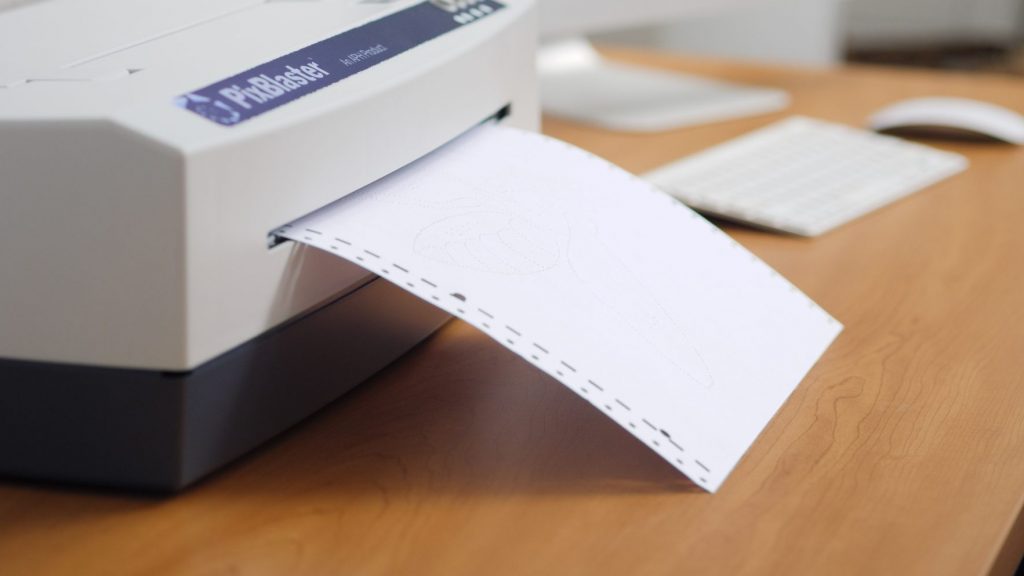To ensure gift delivery by 12/25, please place orders via UPS shipping no later than 12/17.
CloseAPH Partners with DAISY Consortium on New Digital Braille Standard

We’re pleased to announce our partnership with the DAISY Consortium to develop a brand-new, electronic braille standard!
This development is an important step as we continue to imagine, create, and produce more high-tech braille devices. It is essential that the eBRF be accessible on both braille displays and embossers. The eBRF is being created in collaboration with leaders from the field and will change the way braille users, teachers, and transcribers interact with braille and tactile graphics.
“This is a major milestone in our efforts to create the best digital braille format possible. DAISY’s acceptance shows we are making the proper changes and enhancements with technology to create a braille standard that will be long-lasting,” said Craig Meador, APH President.
Changes were needed to the current braille standard because standard braille files are formatted entirely using blank lines and spaces. As a result, readers can’t easily navigate large files. Also, braille content and embossed graphics are unable to be joined in the same electronic experience. The eBRF will solve these issues by providing braille text and tactile graphics in one file with enhanced navigation, including links for footnotes and endnotes.
“The amazing thing about the eBRF is that right now, the transcriber is giving us almost all the information we need to create it. But it gets thrown out when saved as a BRF,” said William Freeman, Tactile Technology Product Manager.
With the eBRF, users will have access to essential formatting tools, like headings, tables, and page numbers. The enhanced navigation will allow students to efficiently jump to sections, chapters, or pages and utilize links to access footnotes or other referenced material. The goal is that the eBRF will be easy to create and open. It will work on embossers, single-line braille displays, and multi-line braille displays, with each of these options benefiting from different features of the new file type. The eBRF, used with displays like our upcoming Dynamic Tactile Device (DTD), will display full pages of braille text and graphics, giving students access to texts and images used in the classroom at the same time as their sighted peers.
“A new modern electronic braille specification is going to positively impact many people around the world, and is sure to increase access to information,” said George Kerscher, DAISY Chief Innovation Officer.
The DAISY Consortium is a not-for-profit global organization focused on publishing and reading for people with blindness, low vision, and other print disabilities. The DAISY Consortium’s expertise and global reach will help organize and lead the working group, which includes braille readers, braille producers, software companies, device manufacturers, educators, publishers, and libraries.
We are also working with representatives from international braille authorities and organizations, such as the National Library Service (NLS), Braille Authority of North America (BANA), International Council on English Braille (ICEB), Royal National Institute for the Blind (RNIB), Austrian Association for the Blind, Duxbury Systems, National Network for Equitable Library Service (NNELS), and many more, on this effort to create a new braille file standard.
Together we will bring braille into the 21st century!
Share this article.
Related articles

Establishing a New Braille File Standard with the eBRF
Imagine reading an interesting article or editing a hefty document with no way to navigate by page or heading, only...
